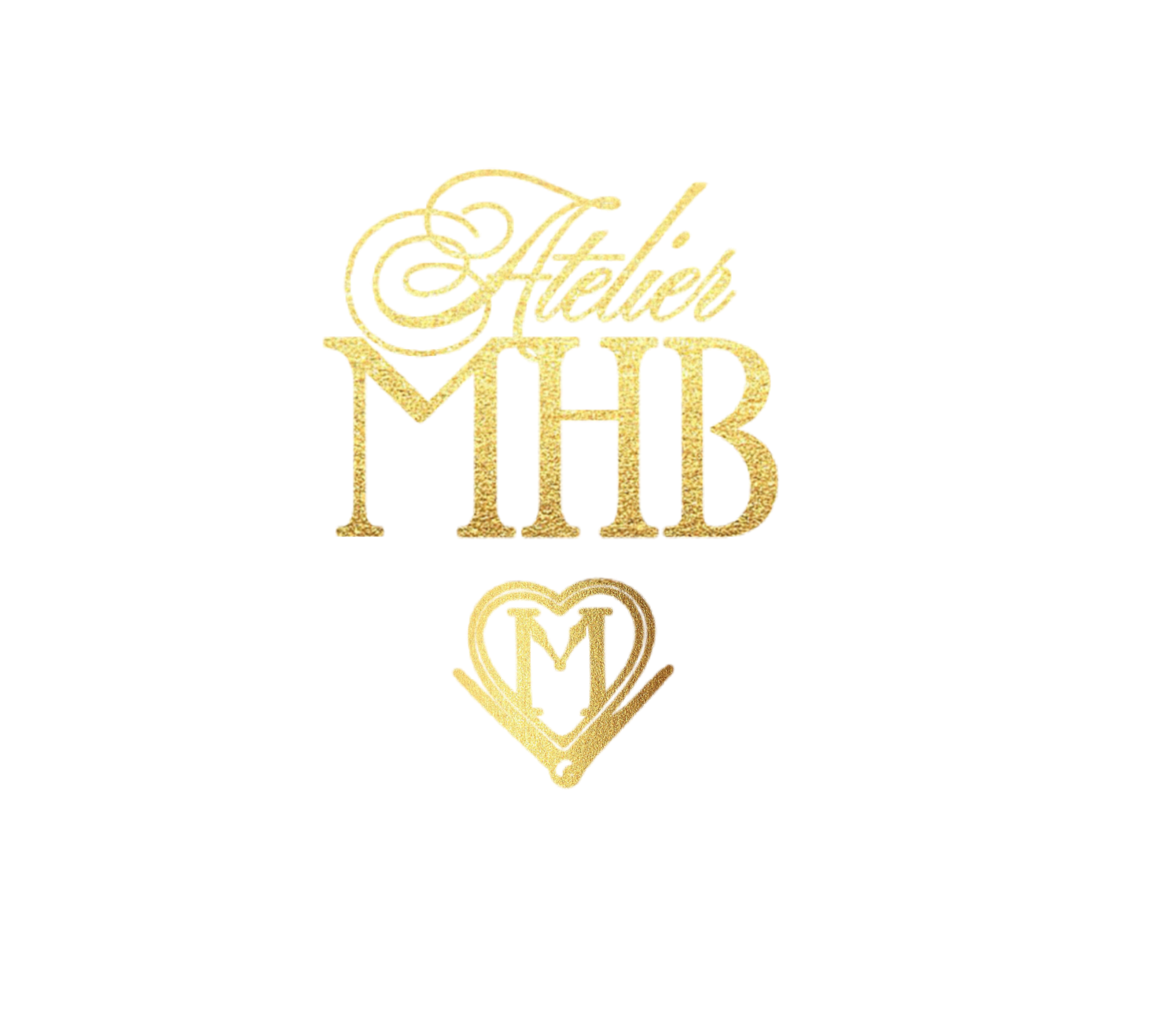Ethics in Art and Artificial Intelligence: Where Do We
Ethics in Art and Artificial Intelligence: Where Do We Art at the crossroads of eras often raises questions. As artificial intelligence (AI) continues to evolve, it brings not only new creative horizons but also complex ethical dilemmas. What role should the artist play when algorithms are part of the creative process? In the NeuroVintage style, which blends cultural archives with cutting-edge technology, these questions hold special significance. Authorship and Originality: Who Creates the Art? Traditionally, authorship in art has always belonged to the artist. But what happens when AI becomes part of the process? Who owns the work: the human or the machine? In NeuroVintage, the role of AI is clearly defined—it is a tool, a collaborator in exploring forms, but not the creator. The concept, idea, and execution remain firmly in the hands of the artist. It is the human who decides which elements to use, how to transform them, and what they will ultimately mean. Originality in the Age of Algorithms Technology offers artists endless opportunities for experimentation but also raises questions about uniqueness. Generative algorithms can create countless variations, prompting us to reflect on what makes a work of art truly one-of-a-kind. In NeuroVintage, originality lies in the interaction between human creativity and technological possibilities. Each collage is the result of a dialogue between artificial intelligence and the artist’s vision. AI may propose new forms, but it is the artistic choice that makes each work singular and meaningful. Ethics and Archival Materials Working with archival materials requires a conscious and respectful approach. It is not only about drawing inspiration from cultural heritage but also about honoring it. In NeuroVintage, elements of the past are interwoven with modern technologies, yet their origins remain respected. AI acts as a mediator, helping to reinterpret heritage and adapt it for a new era. Balancing Innovation with Responsibility The ethics of art and technology is a complex and multi-layered issue that demands responsibility from the artist. NeuroVintage strives to maintain a balance between respect for history and the pursuit of innovation. Here, technology does not replace the human; it enhances their creative potential. Each work in the NeuroVintage style is more than an image. It is a profound exploration of memory, time, and creativity, opening new dimensions of art and posing questions about the future. In this style, history gains new life, and technology becomes a tool for creating an emotional and philosophical dialogue with modernity.
